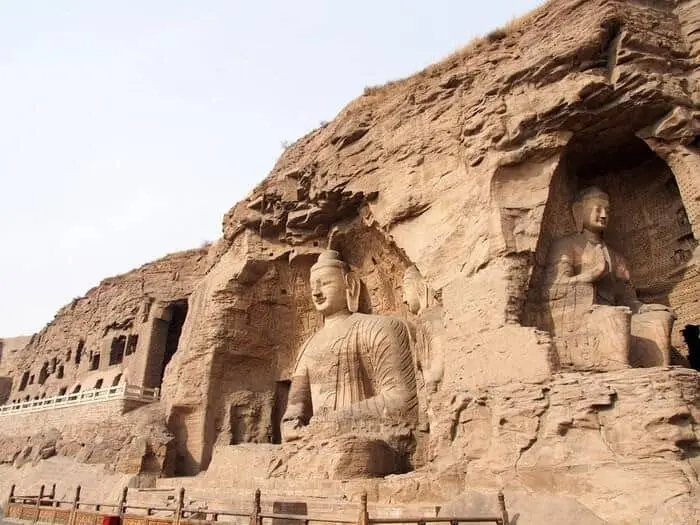10. San Marino

San Marino is sometimes considered the world’s oldest city because the country has been a sovereign state since 301 CE, despite the fact that several other countries have long histories. When Saint Marinus built a chapel on Monte Titano on September 3, 301 CE, the country was officially constituted. This little church blossomed into the city of San Marino, the small country’s capital.
San Marino is one of the world’s smallest countries, located on the Italian Peninsula. The economy of the country is based mostly on finance, tourism, services, and industry. San Marino has a low unemployment rate, no national debt, and a budget surplus, making it one of Europe’s most prosperous countries.
9. Iran
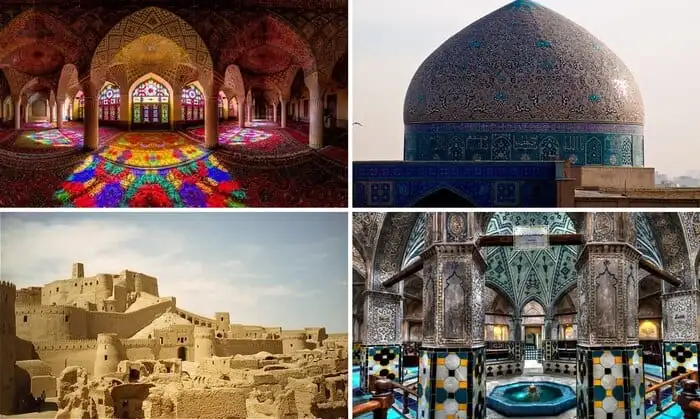
Until 1935, Iran was known as Persia. Iran’s history is intertwined with its present.The above-mentioned Satrapy of Armenia was one of many satrapies of the Achaemenid Empire, which was the largest empire in ancient history. Around 550 BC, Cyrus the Great established the Persian Empire. Persia was controlled by the Achaemenids until Alexander the Great conquered it in 330 BC. However, other tribes of people, notably the Medes and Elamites, had resided in the area for a long time. The Islamic Republic of Iran was established in 1979 after the Iranian Revolution, which overthrew the monarchy and established the Islamic Republic.
8. Japan

Japan’s past is intricately related to the country’s culture and traditional customs. According to legend, Emperor Jimmu created Japan in the year 660 BCE. A Chinese chronicle, on the other hand, attests to Japan’s existence in the third century CE, giving the country some considerable staying power. Soon after, Buddhism expanded to Japan, and by the ninth century, the country had established a literary tradition, culminating in the production of The Tale of Genji in the early eleventh century CE. During the Heian period (794 CE-1185 CE), which saw this development, numerous other cultural elements emerged that still define Japan today.
7. Greece
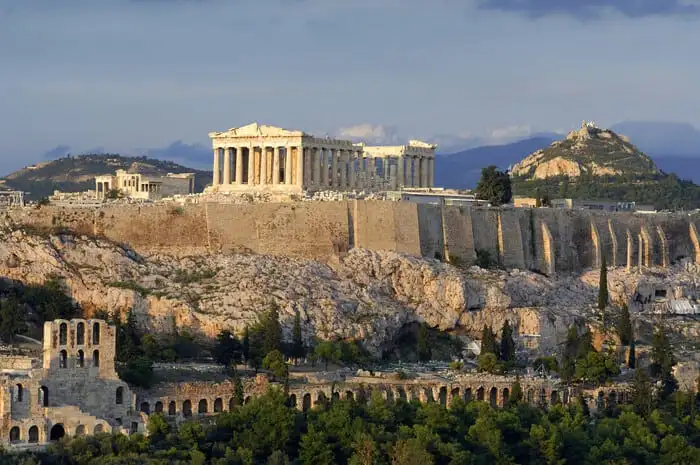
The modern period in Greece began in 1821, with the Greek Revolution, but advanced civilizations first appeared in Greece some 4,000 years ago and hence comes in the list of the oldest nations in the world. After the region emerged from the Dark Ages approximately 800 BC, the Archaic period began. During this time, they devised the Greek alphabet and established the first democratic institutions. In 508 BC, Athens adopted the world’s first democratic system.
6. Ethiopia
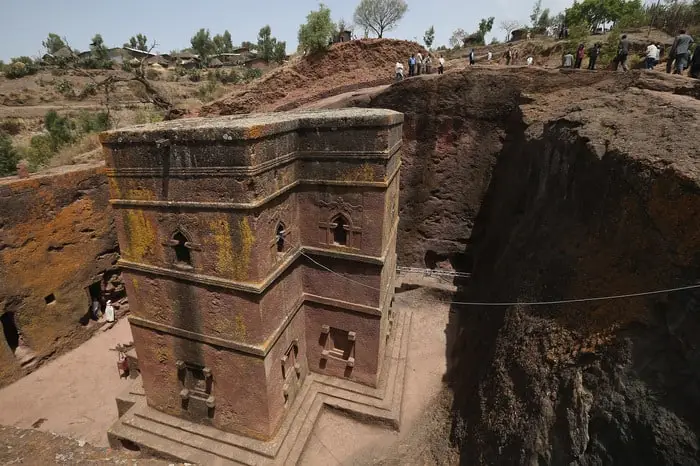
Among the list of oldest nations next in the list is Ethopia. Since the 2nd millennium BCE, Ethiopia has experienced several kingdoms. Importantly, Ethiopia is the only African country that has never been colonized by a European nation, having defeated all invading forces. Ethiopia was the only independent African member of the League of Nations, the interwar predecessor of the United Nations when it was established following World War I. Ethiopia has always been a multi-ethnic, multicultural country, and this diversity extends to its religion. After Armenia, the Kingdom of Aksum was one of the first countries to accept Christianity, but Islam and Judaism have also had long-standing links there.
5. Sri Lanka
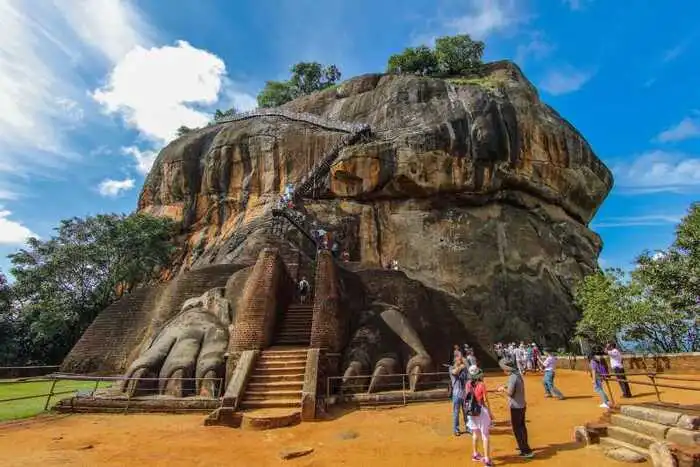
Sri Lanka has one of the world’s oldest civilizations and has about 2500 years of recorded history. According to recorded history, kings have controlled Sri Lanka since the 3rd century B.C., spanning over 2.500 years. Recent excavations in Sri Lanka have revealed that there were food gatherers and rice cultivators even during the Neolithic period. The entrance of the Aryans from North India marked the beginning of documented history, and very little is known about this period. The Aryans pioneered the use of iron, as well as advanced agriculture and irrigation techniques. They also promoted the concept of government as an art form. Under the administration of king Pandukabhaya, Anuradhapura evolved into a prominent kingdom among the Aryan villages. He is often regarded as the founder of Anuradhapura, according to legend. Buddhsm was established around 247 B.C. by Arahat Mahinda, son of Emperor Asoka of India, during the reign of King Devanampiya Tissa, a descendent of Pandukabhaya. This can be considered a watershed moment in Sri Lankan history. Sri Lanka became a culturally high-ranking and well-founded state as the new civilization flourished.
4. China
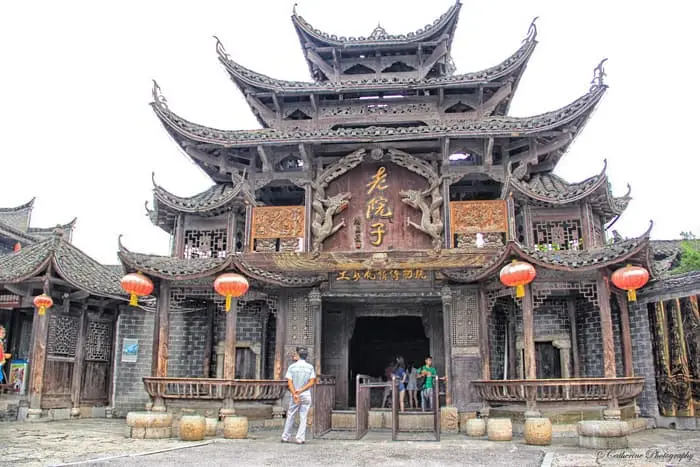
The earliest Chinese dynasty was the Xia Dynasty, which lasted from c.2070 BCE to 1600 BCE. Because China’s written history begins with the Shang Dynasty (c. 1600 BCE – 1046 BCE), there are no first-hand records from the Xia Dynasty; however, the Xia Dynasty is mentioned in historical chronicles such as the Bamboo Annals and the Records of the Grand Historian. Many people believed the Xia Dynasty was more myth than fact until excavations in the 1960s and 1970s found ruins that gave compelling proof for its existence. China’s dynasty history ended in 1912 when the Qing Dynasty was deposed and a republic was established. The People’s Republic of China was established in 1949 and is still in existence today.
3. Sudan
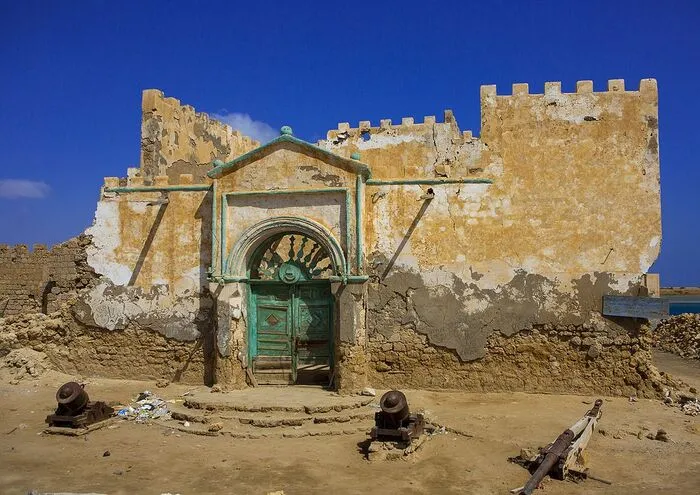
Northern Sudan’s initial residents stretch back 300,000 years. The kingdom of Kush (about 2500–1500 B.C.E.) is the oldest sub-Saharan African kingdom. This culture manufactured the Kerma beakers, which produced some of the most magnificent pottery in the Nile valley. Sudan was prized for its abundant natural riches, including gold, ebony, and ivory. These materials are used in several artifacts in the British Museum’s collection. During the Old Kingdom (about 2686–2181 B.C.E. ), ancient Egyptians were drawn southward in search of these resources, which often resulted in violence as Egyptian and Sudanese monarchs competed for control of commerce.
Around 1700 B.C.E., Sudan was the most powerful state in the Nile valley.
2. India
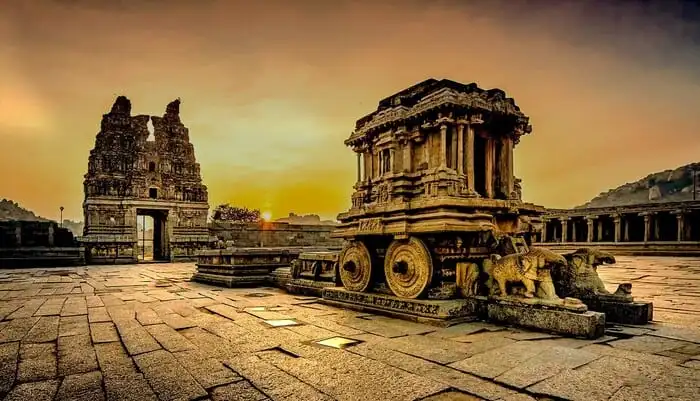
The Indian subcontinent has been flourishing for some 5,000-6,000 years, and its peoples came together to build a civilization around 1500 BCE when they created the Vedic Civilization, which laid the foundations of Hinduism. However, the country has been ruled by several dynasties in the past, as can be seen by traveling around the country. India as we know it today was established in 1947 after the country gained independence from the British Empire. The first kingdoms, known as Janapadas, emerged around 1200 BCE and lasted until the Vedic period ended. The end of the Vedic period saw the rise of Hinduism, Jainism, and Buddhism in India, as well as the establishment of powerful dynasties that would rule the country for the next three millennia.
1. Egypt
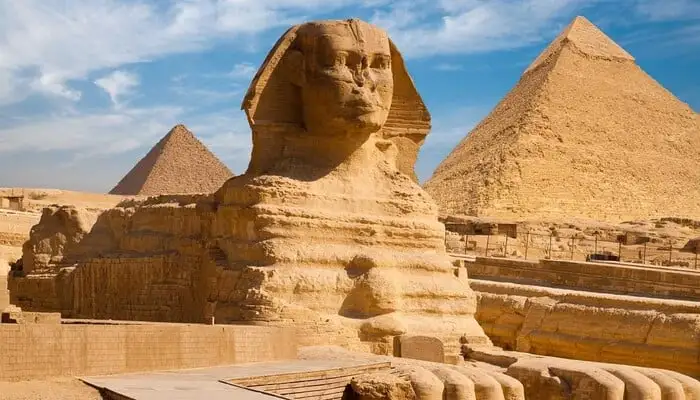
Egypt is one of the world’s oldest countries, with settlements dating back to roughly 6000 BC. Although ancient Egypt as a society bears little resemblance to modern Egypt, the first cultures resembling early Egyptian dynasties emerged as early as the sixth millennium BCE. In approximately 3200 BCE, Egyptian hieroglyphs, the world’s second-oldest writing system after cuneiform, developed, and around 3150 BCE, King Menes established the first unified monarchy. Egypt was ruled by the Persians for thirty dynasties before being conquered by the Greeks. It was soon ruled by the Islamic Caliphate, and it has been a predominantly Muslim country ever since. Egypt as we know it now did not emerge until the twentieth century when Egyptians finally overthrew British domination in 1952.
